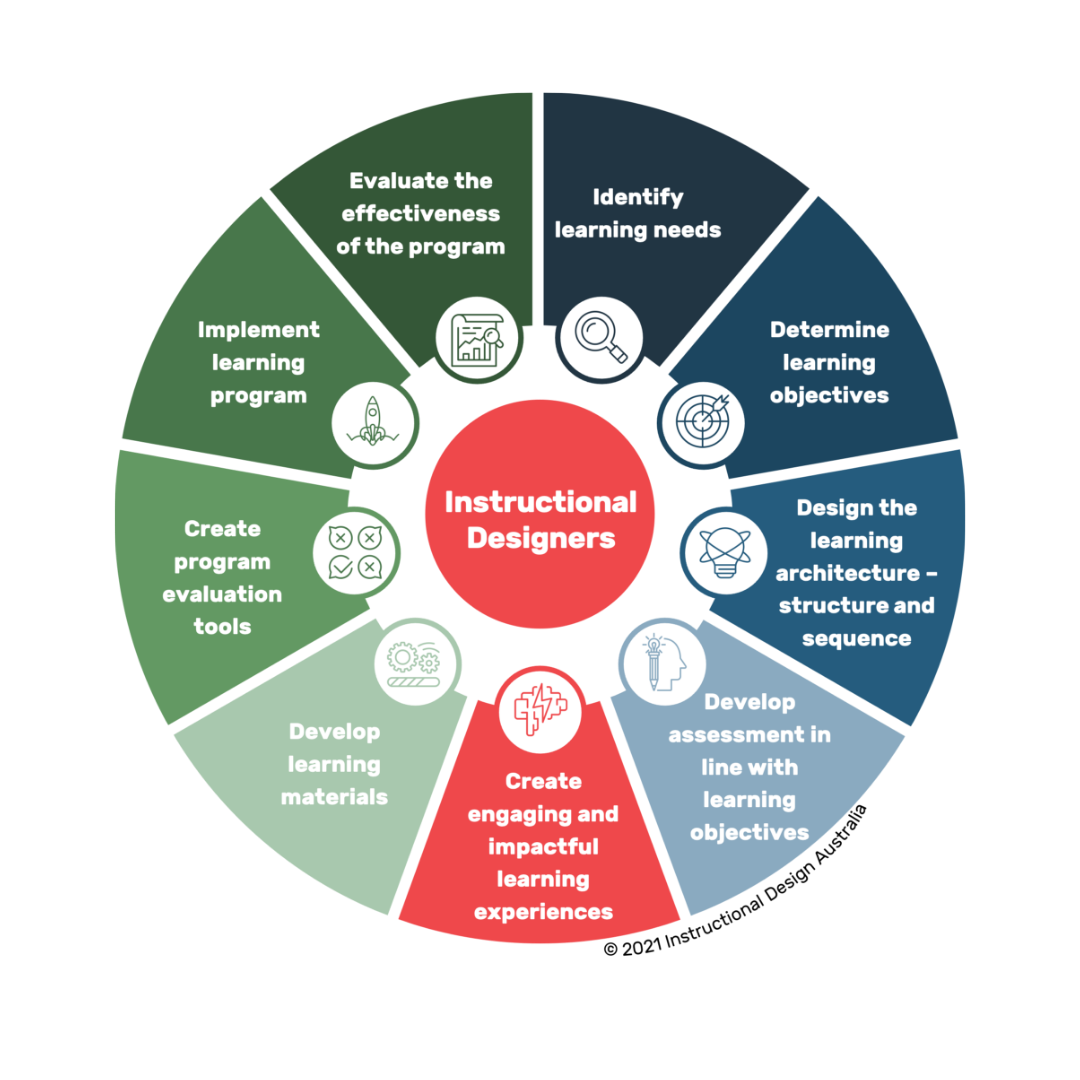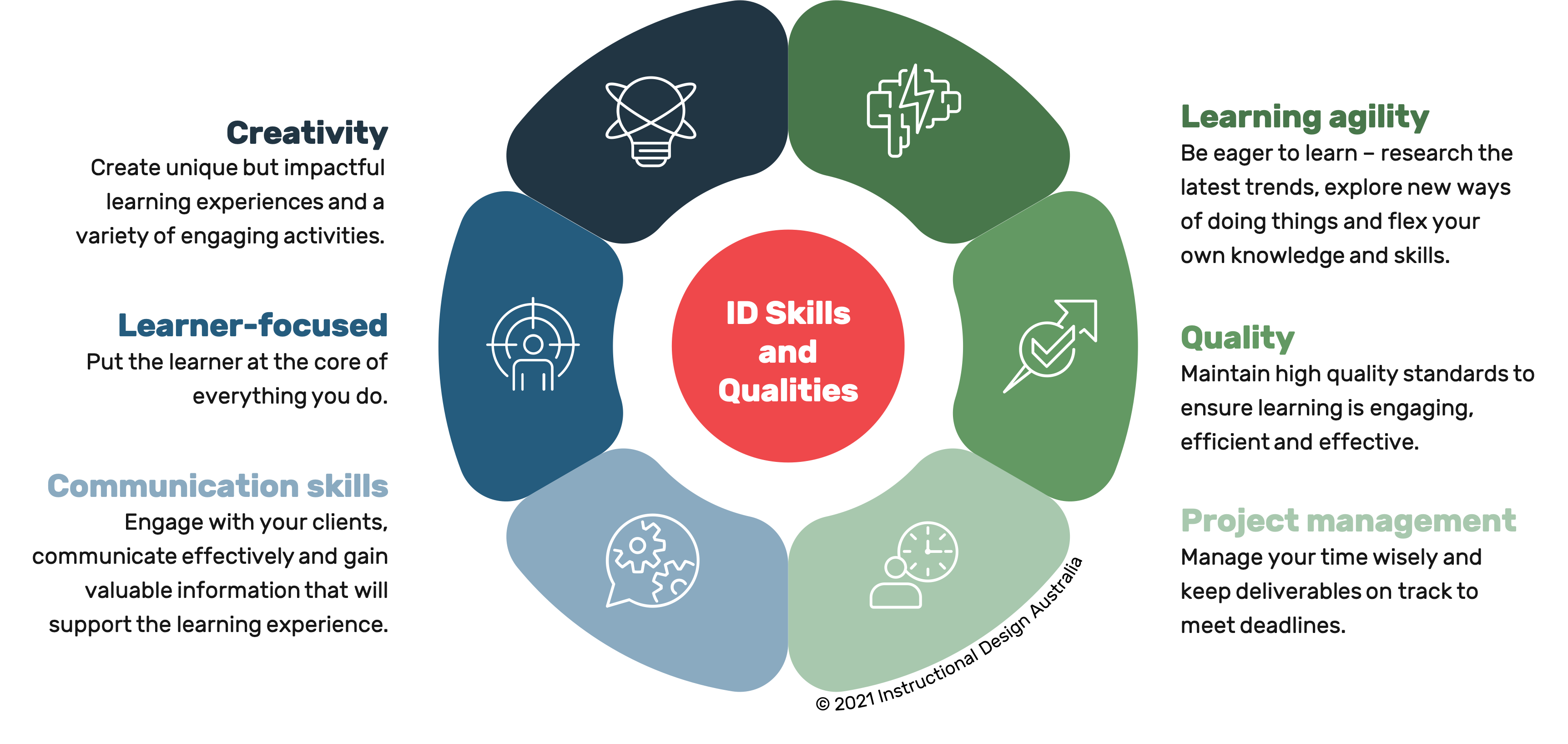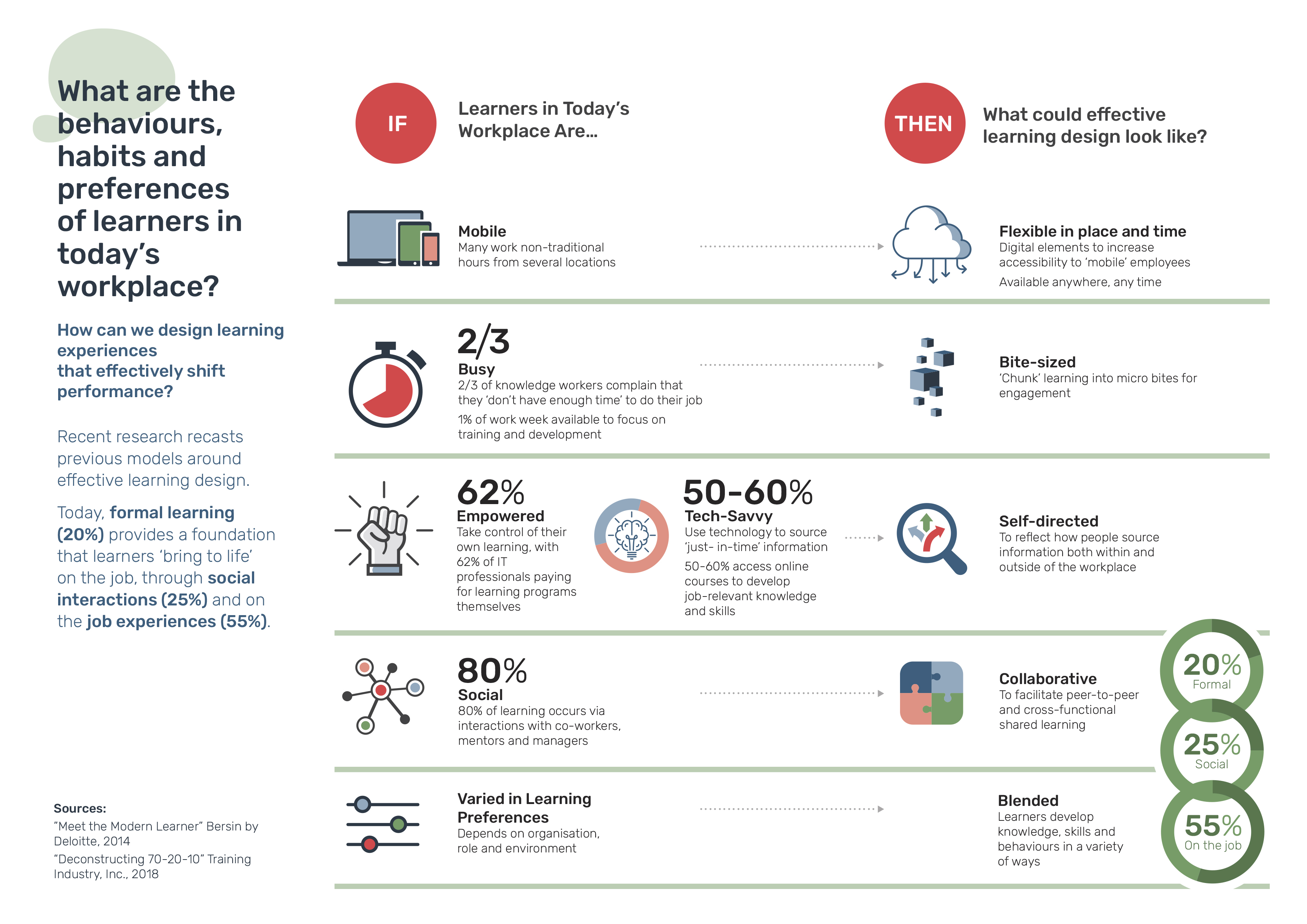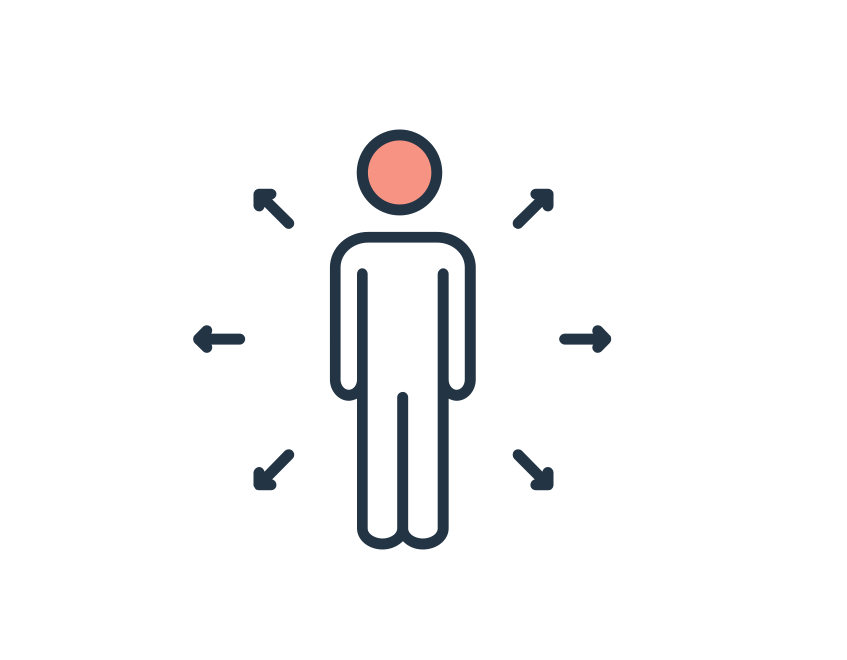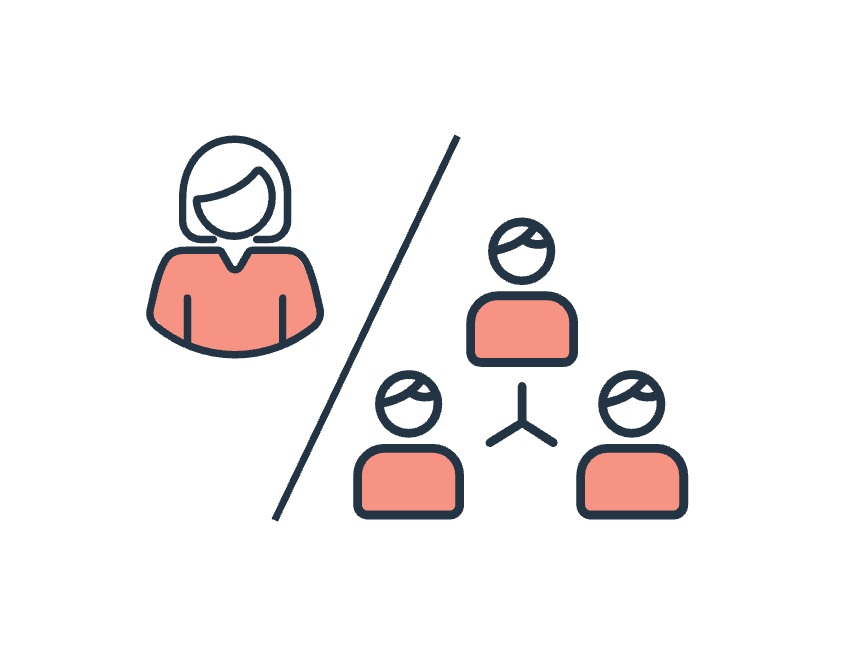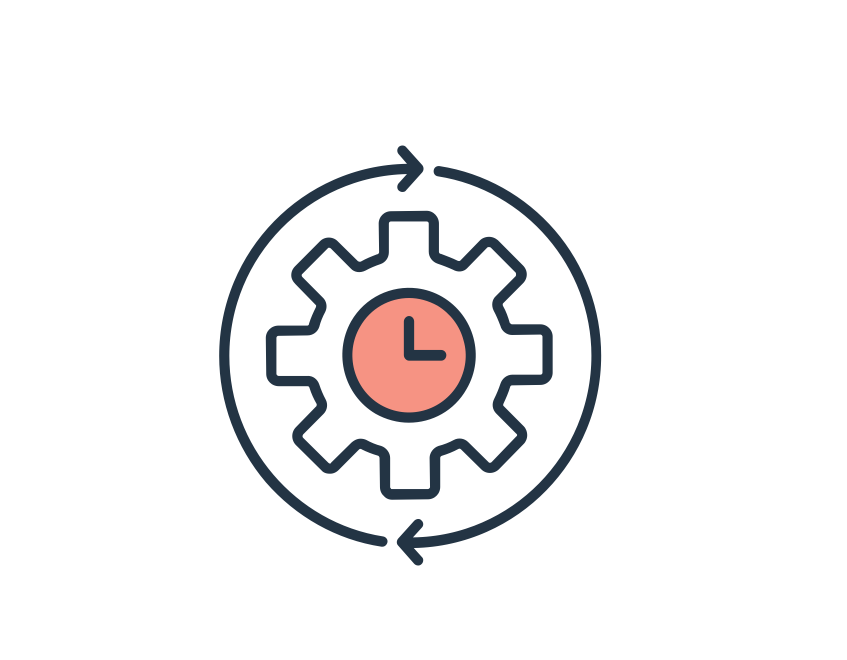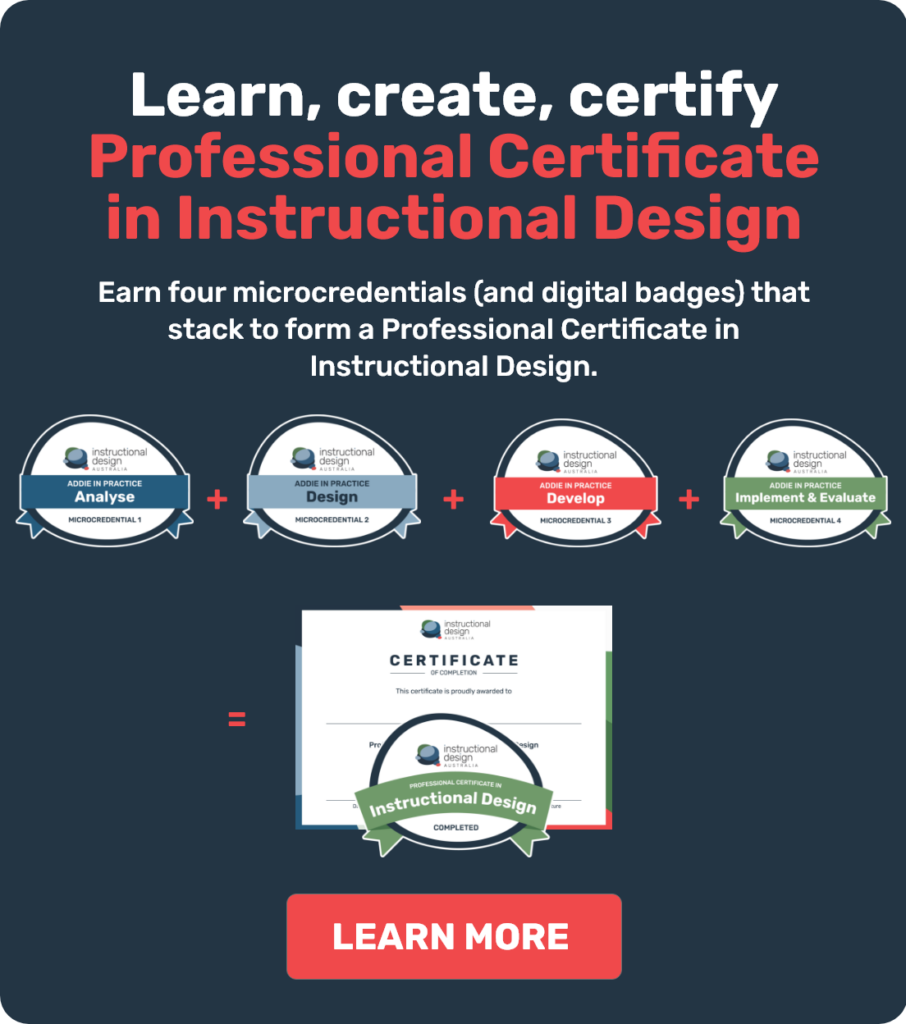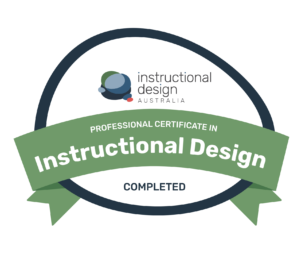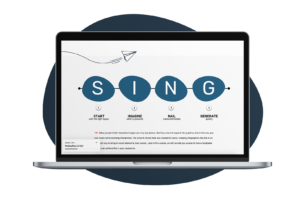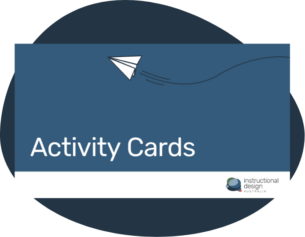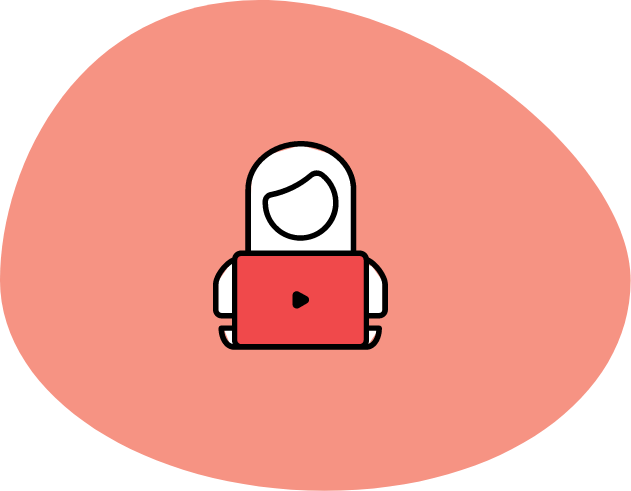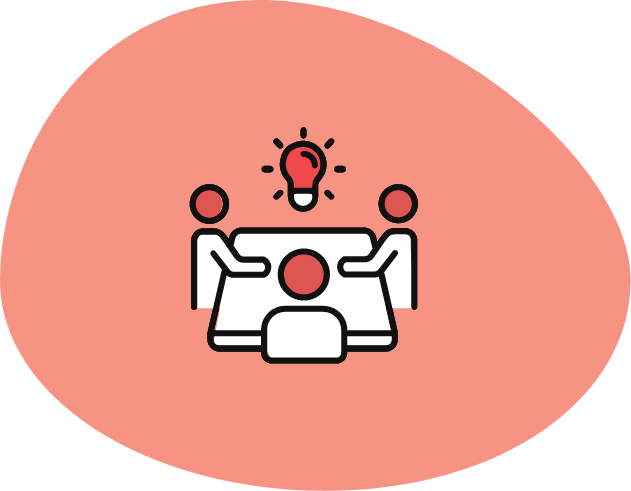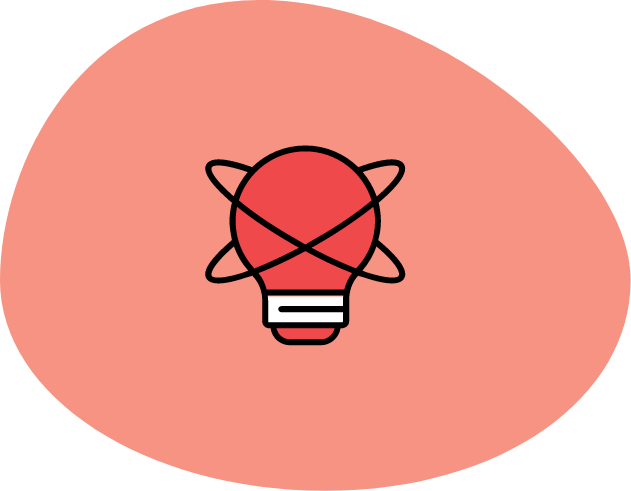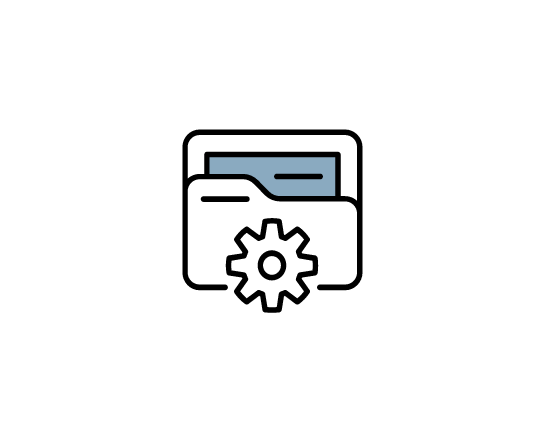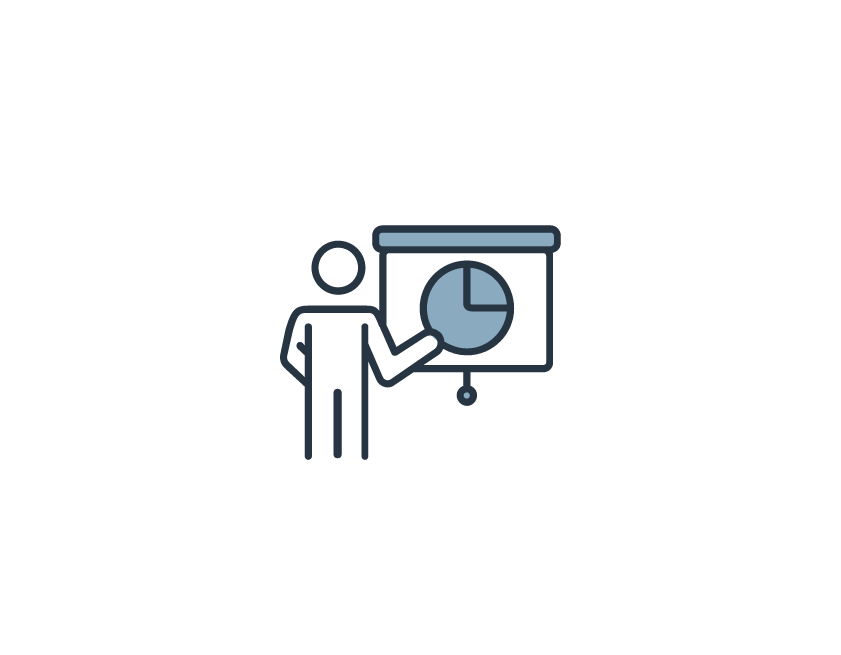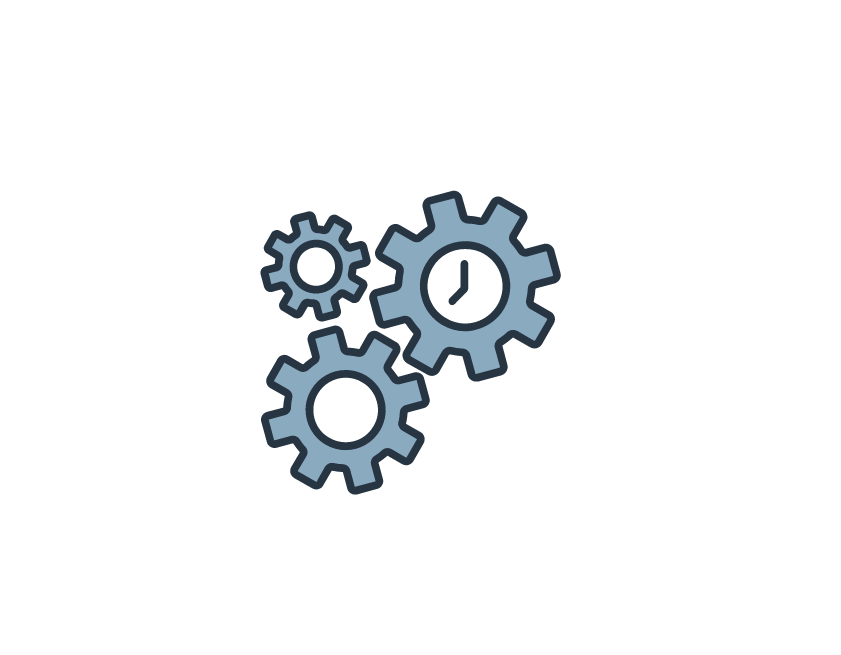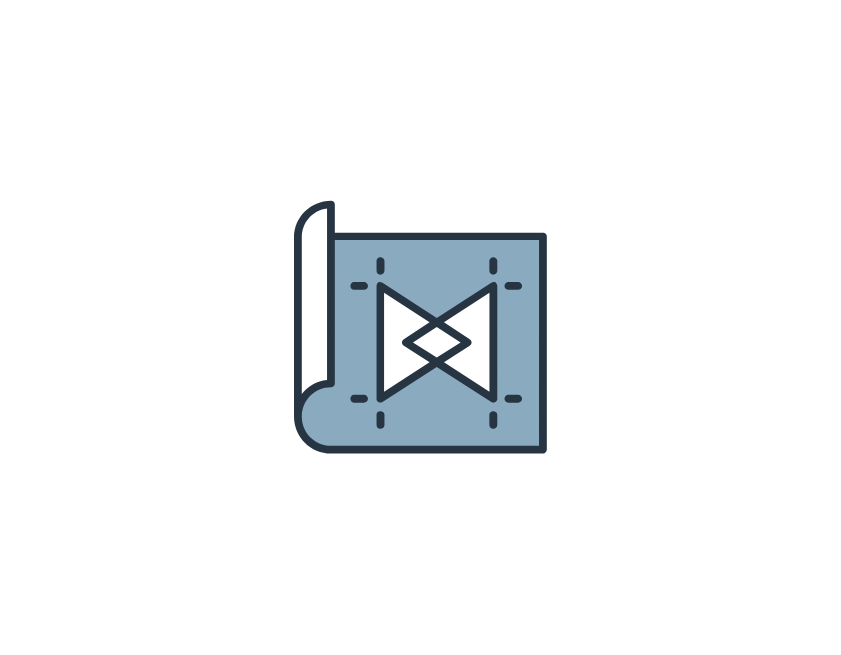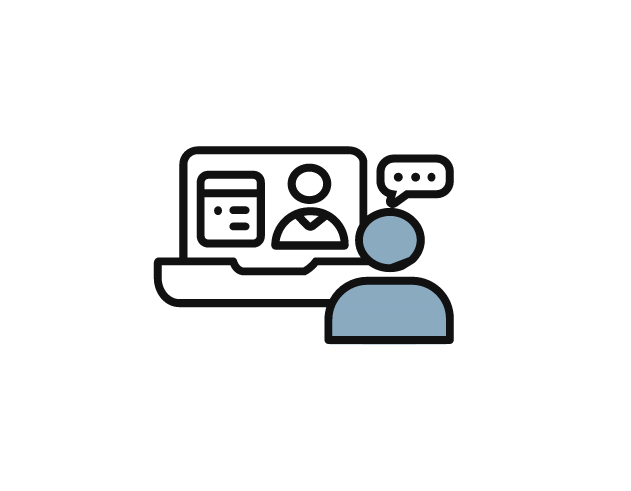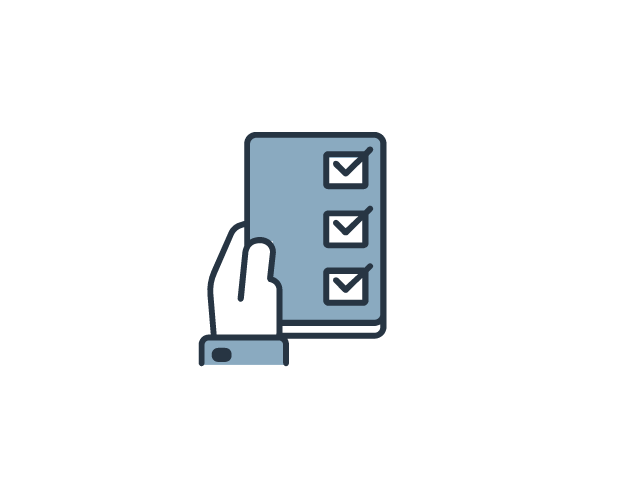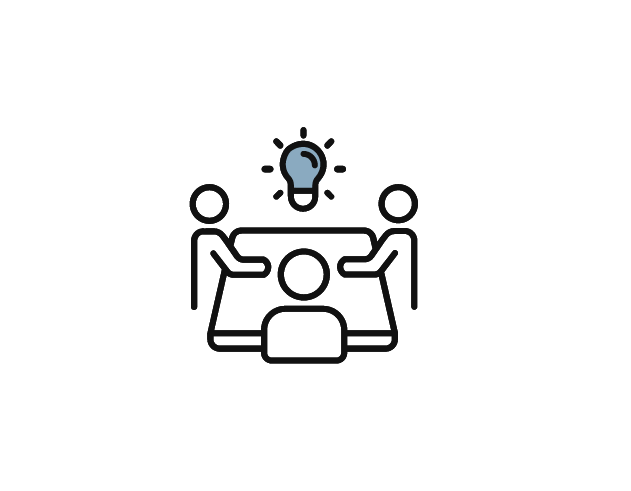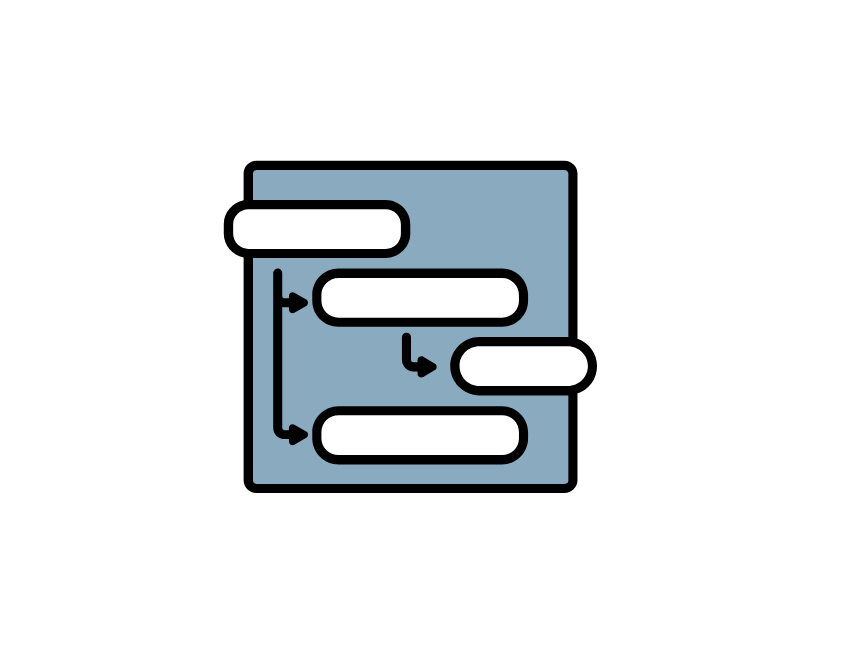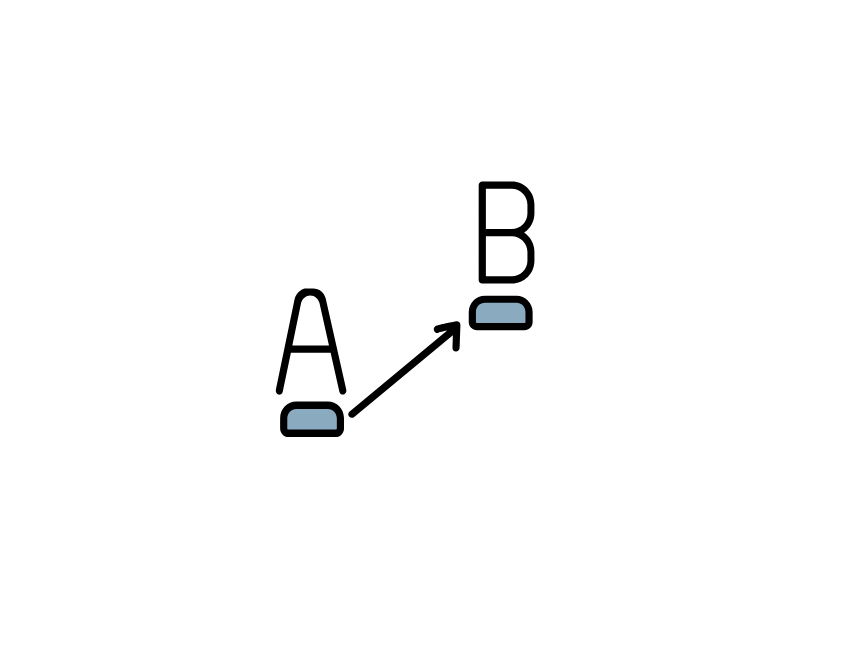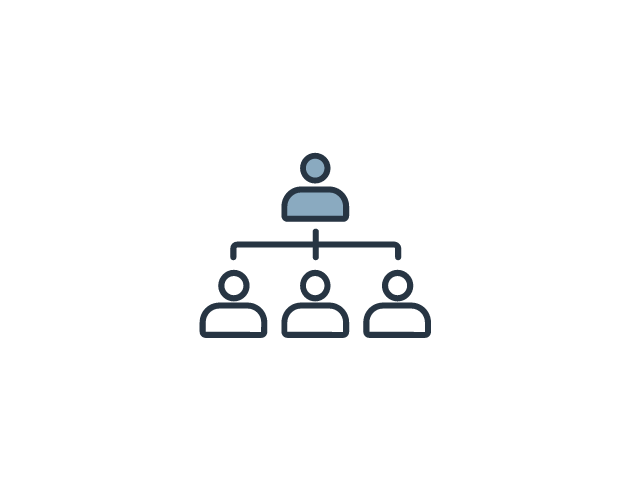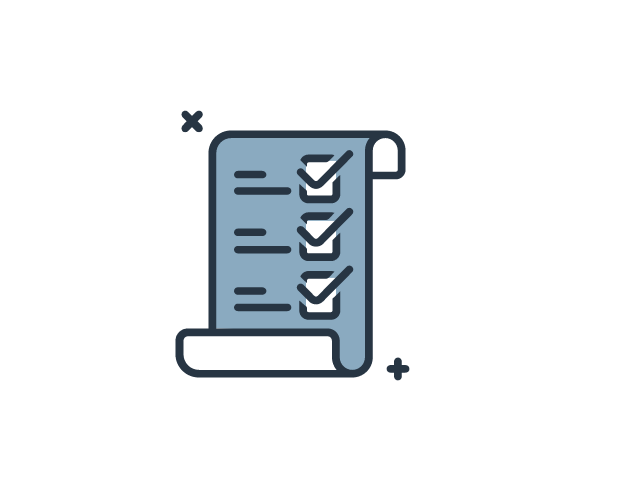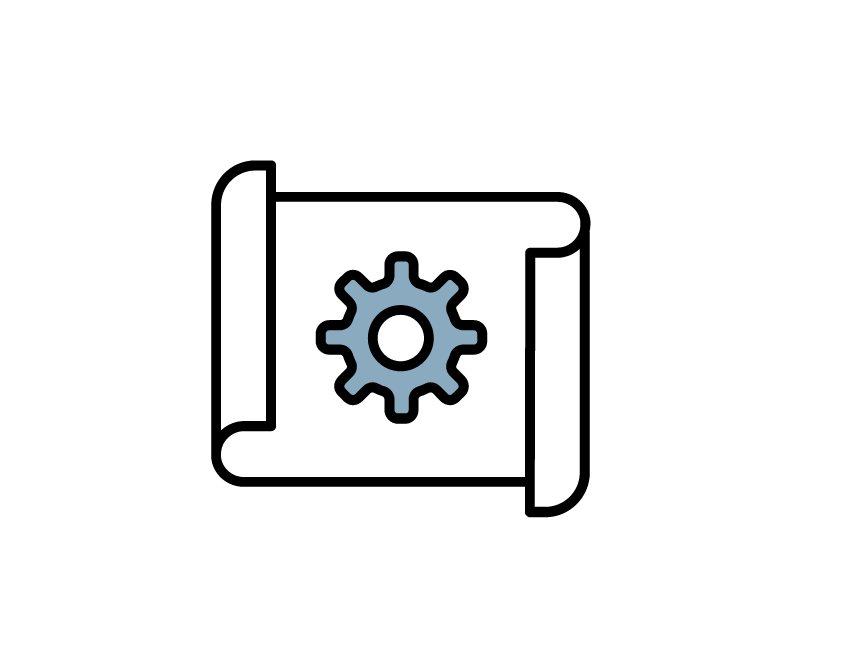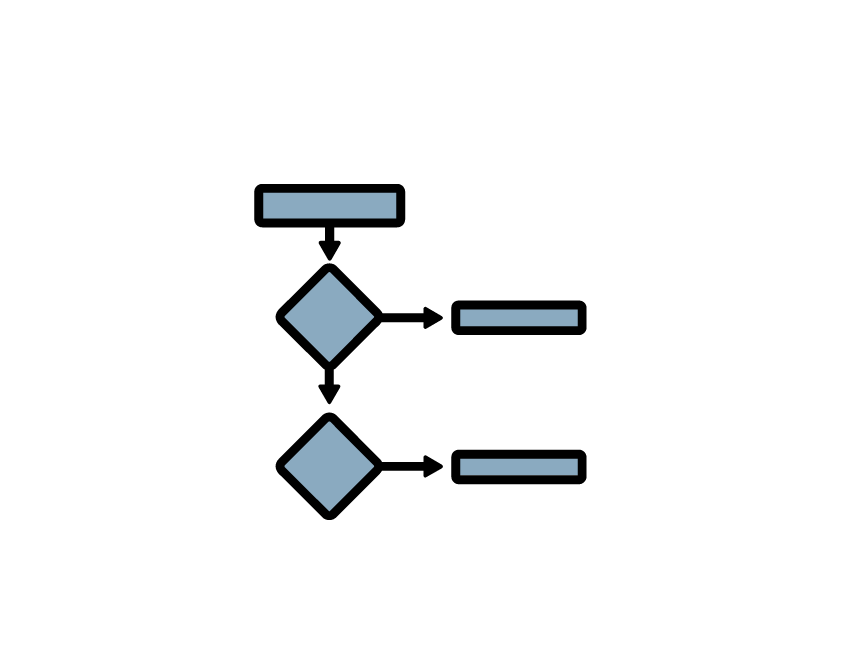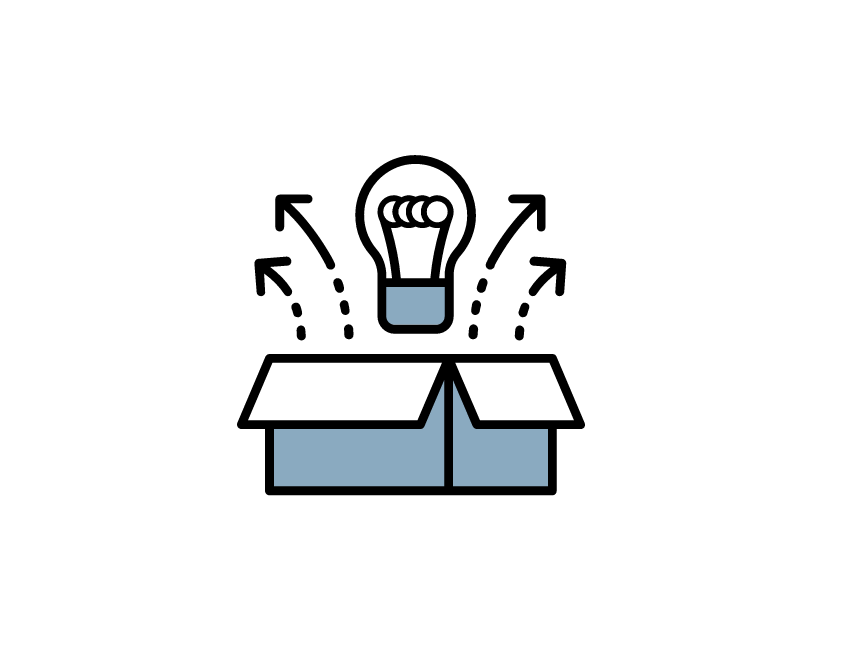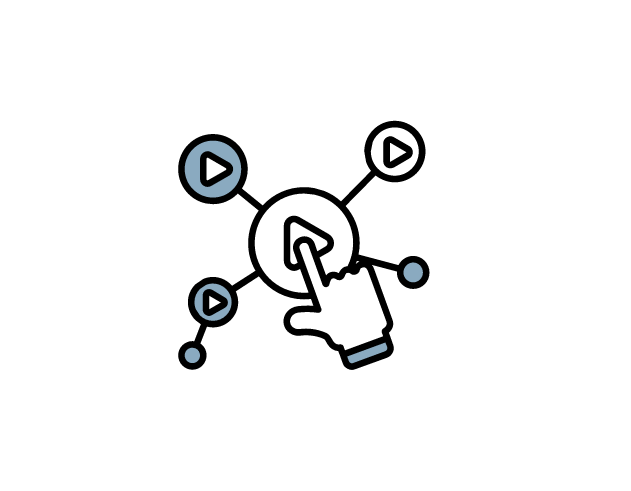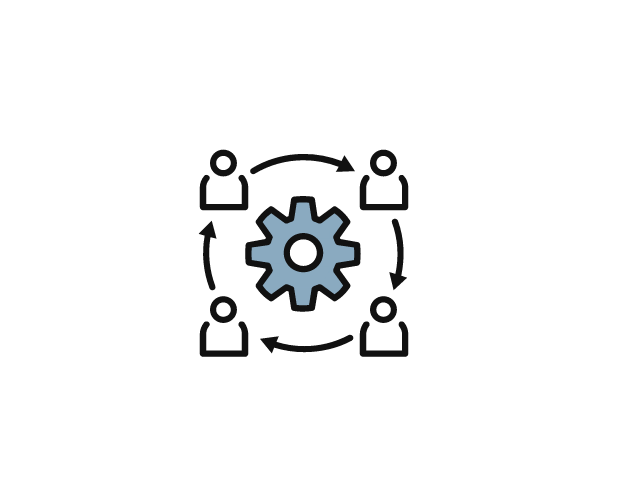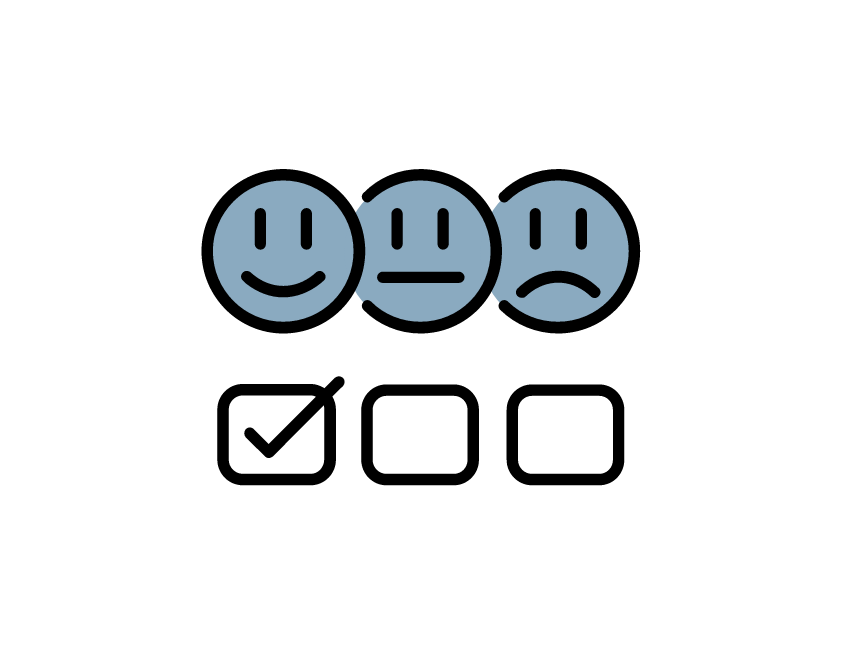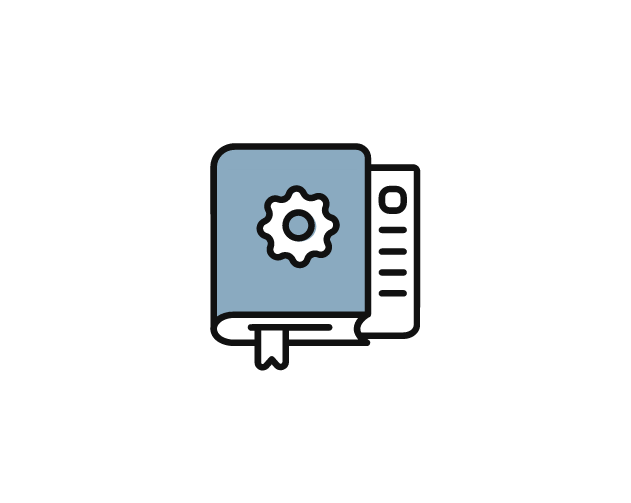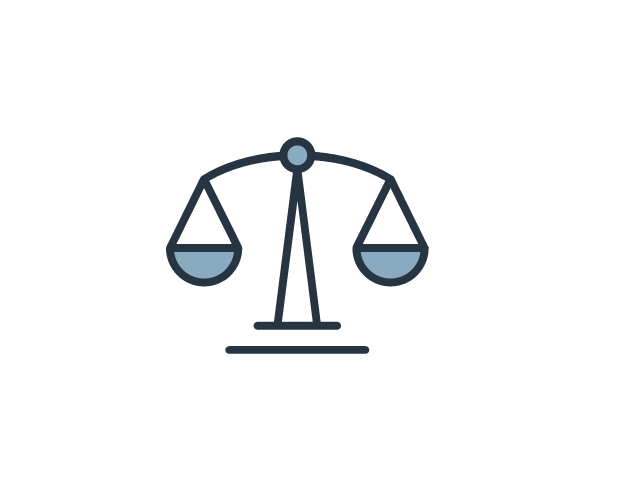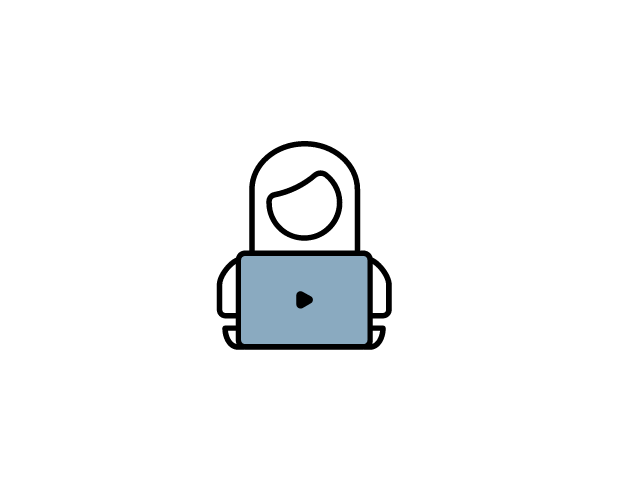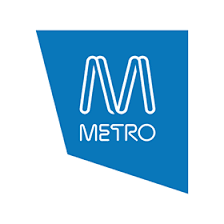At its core, instructional design is the art and science of making learning work. It’s about taking what we know about how people learn and using that knowledge to create learning experiences that actually stick. Think of instructional design as the bridge between “here’s what people need to learn” and “here’s the best way to help them learn it.”
Imagine trying to build a house without a blueprint. Sure, you might end up with four walls and a roof, but would it be stable? Would it meet your needs? Instructional Design is that blueprint for learning. It’s about using what we know about how people learn to create educational experiences that are both effective and engaging.
The Role of an Instructional Designer
Instructional Designers are like learning architects – they look at the big picture and design experiences that help people develop new skills and knowledge effectively. Instructional Designers:
- Analyse complex learning challenges to identify what really needs to be taught
- Design experiences that make learning stick, while keeping costs and resources in mind
- Create learning solutions that work in the real world, whether that’s a classroom, workplace, or online environment
- Choose the right mix of teaching methods and technology to support effective learning
- Measure success by how well learners actually master new skills and knowledge
But they’re not just working on intuition. Instructional Designers combine proven learning principles with practical experience to create solutions that are:
- Effective – because what’s the point if people aren’t actually learning?
- Engaging – because bored learners aren’t learning either
- Efficient – because time and resources matter
- Practical – because they need to work within real-world constraints
Instructional Design in the Modern Learning Landscape
We’re living in the Information Age, where knowledge isn’t locked in textbooks anymore – it’s everywhere.
This changes everything about how we need to approach learning. Today’s learners don’t need more information; they need to know how to:
- Find reliable information in a sea of data
- Apply knowledge effectively in real-world situations
- Adapt to rapidly changing environments
- Think critically and solve complex problems
Technology in Instructional Design
While technology offers exciting new ways to learn, Instructional Designers know that good teaching isn’t about using the newest tech – it’s about using the right tools for the job. Sometimes that’s a sophisticated eLearning platform; sometimes it’s a well-designed worksheet. The key is matching the method to the learning need.
Instructional Design, Educational Design or Learning Design
Whether you call it Instructional Design, Educational Design, or Learning Design, the core principle remains the same: creating learning experiences that prepare people for success in our knowledge-based, global society. The terms Instructional Design, Educational Design and Learning Design can be used interchangeably. Learn more.

